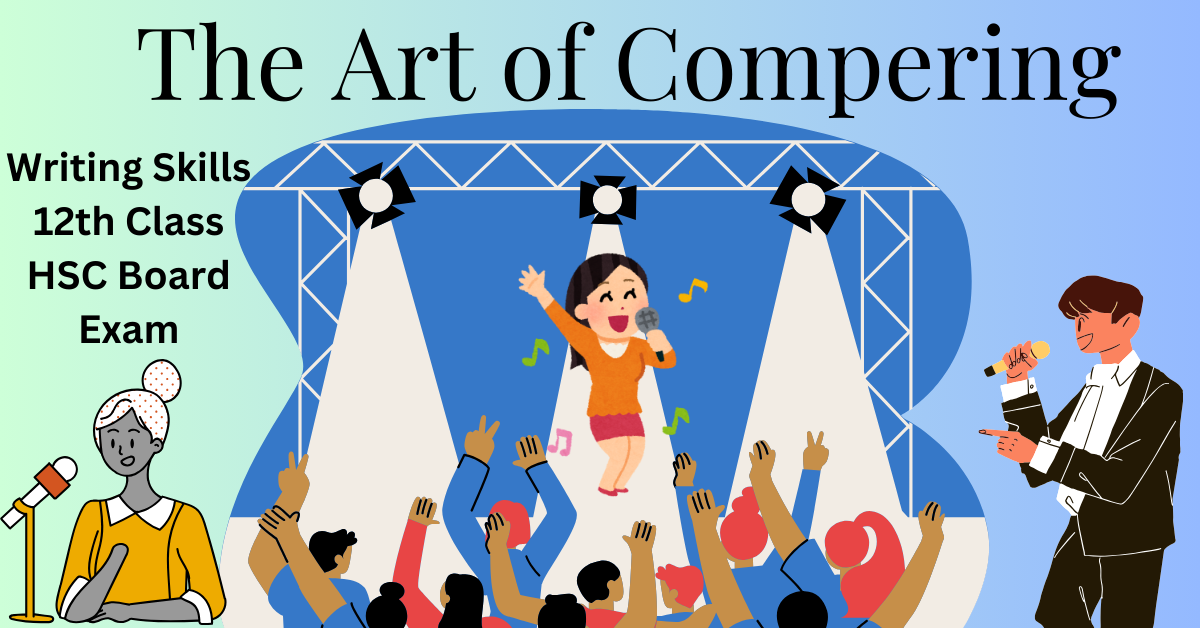Dear students let’s learn about Past tense. How to use past tense and its four sub-types in our communication. In the English language as well as in the English Grammar, the Past tense is most important tense to tell about our past actions.
Past Tense:
- When we are telling about the action which is happened already that time we are telling our action in the past tense.
- Past tense shows the actions already done or completed.
- Past tense is the tense where we tell our past actions.
Past tense has four tenses. Let us learn them

- Simple Past Tense
- Continuous Past Tense
- Perfect Past Tense
- Perfect Continuous Past Tense
Simple Past Tense:
- The action that happened or was completed at a particular time in the past it’s called the Simple Past tense.
- In the simple past tense, the past habitual action happened but we are not doing it in the present it’s called Simple Past Tense.
- The daily action we used to do in the past is called Simple Past Tense.
- The tradition we used to do in the past is called Simple Past Tense.
- In the simple past tense, we have to use the second form of Verb (Verb2)
The formula of the simple past tense:
- Subject + Verb2 + Object
For Eg: I played Cricket.
We used to go for walk on the bank of the river.
He went to school.
Rahul bought a book for me.
We sold gold ornaments.
She won the prize.
| Subject | verb |
| I, He, She, It, We, they, you, Singular Noun, Plural Noun | Verb2 |
Continuous Past Tense:
- The action was incomplete and was going on in the past it’s called Continuous Past Tense.
- The action was going on at any particular time in the past it’s called Continuous Past Tense.
The formula of the continuous present tense:
- Subject + was, were + Verb1- ing + Object
For Eg: I was reading a novel.
Rahul was working in the Bank.
People were shouting in the crowd.
They were playing a cricket match.
She was blaming her Husband.
| Subject | auxiliary verb (to be) |
| I, He, She, It, Singular Noun | was+ Verb1– ing |
| We, they, you, Plural Noun | were + Verb1– ing |
Perfect Past Tense:
- The action had completed or done at a particular time in the past it’s called Perfect Past Tense.
- The action already had finished in the past it’s called Perfect Past Tense.
- In the Perfect Past Tense, we have to use Had as an auxiliary verb.
- In the Perfect Past Tense, we have to use the past participle form of the verb (Verb3).
The formula of the continuous past tense:
- Subject + had + Verb3 + Object
For Eg: I had drawn a picture.
She had read a novel.
Rahul had completed his education.
We had gone to America.
| Subject | auxiliary verb (to have) |
| I, He, She, It, We, they, you, Singular Noun, Plural Noun | had + Verb3 |
Perfect Continuous Past Tense:
- The action had been started in the past but not finished its called Past Perfect Continuous Tense.
- The action nearby completed but remains incomplete in the past it’s called Past Perfect Continuous Tense.
- In the past perfect continuous tense, we have to use been after the auxiliary verb had. (had+been)
The formula of the Perfect continuous past tense:
- Subject + had + been + Verb1-ing + Object
Far Eg: I had been reading a novel.
He had been living in Delhi.
She had been drawing a picture.
They had been breaking their record.
| Subject | auxiliary verb (to have) |
| I, He, She, It, We, they, you, Singular Noun, Plural Noun | Had + been + Verb3 |
The 12 Basic English Tenses Learn English Grammar.








[…] Simple Past Tense […]
Thank you sir..🙏🏻
It’s really helpful for me..
Great sir! Was quite easy to understand the concept explain by you than preferring some reference books.even it,s helpful in the board of examinactions..
Thanks sir 🙏